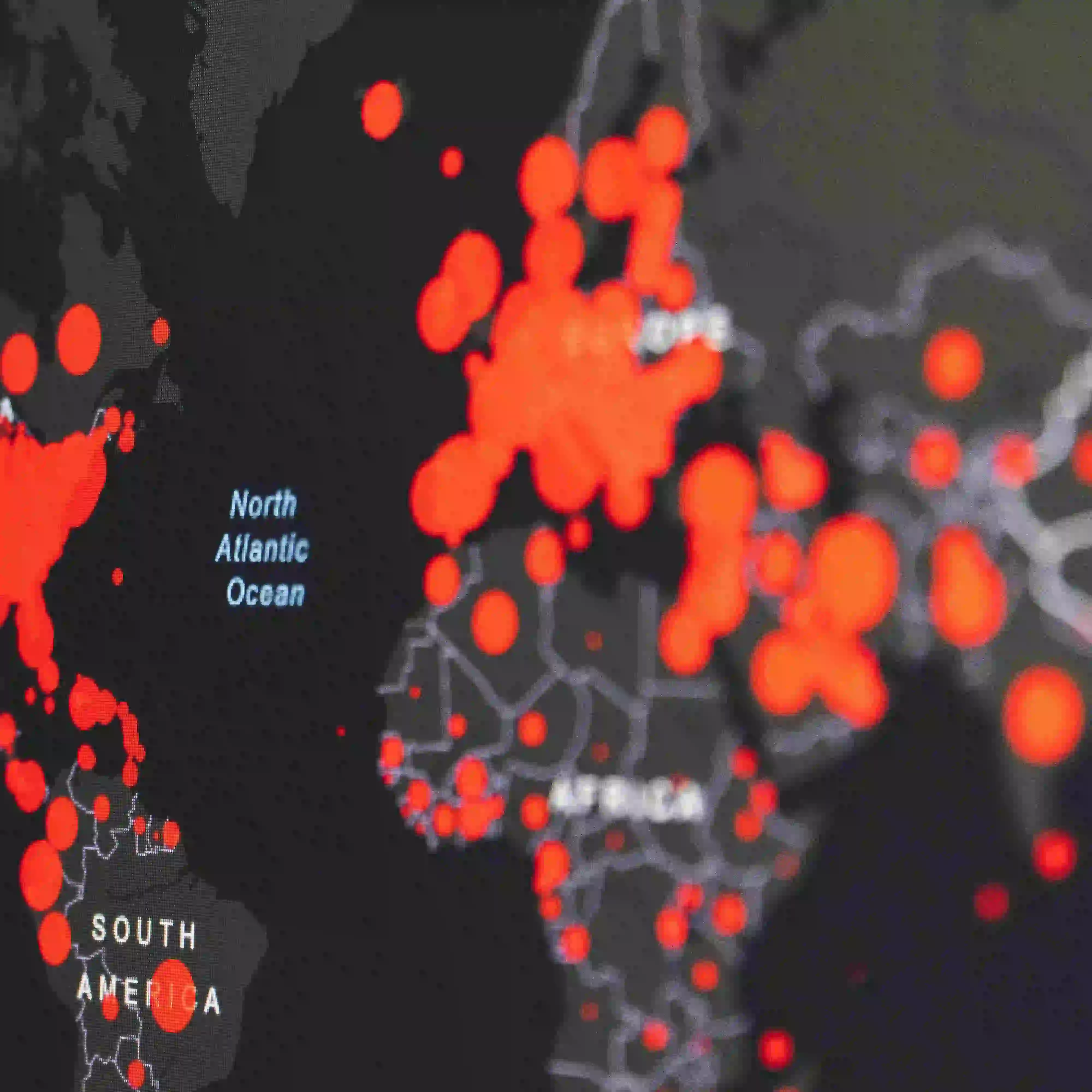Indian residential real estate is expected to see price falls of up to 20% this year as rising unemployment, falling incomes, and increased uncertainty undermine consumer sentiment. Furthermore, previous bright spots like commercial real estate could be hit even harder as white-collar workers shift to work from home and retail footfalls plummet.
To survive the crisis and emerge stronger in what is likely to be a more consolidated industry post-COVID, Indian real estate companies need to re-think the 4 Ps of real estate marketing. From digitalising the sales channel to rethinking the product offering, the sector must make a quantum leap in order to adapt to new trends triggered by the crisis and catch up with longer-term shifts that COVID-19 has accelerated.
To successfully transform their marketing approach during the crisis, real estate leaders should think across three time horizons to build and execute their response. The first horizon covers the present scenario as the country cautiously moves out of lockdown, the second horizon spans the sharp economic downturn that is likely to persist for the remainder of the year and possibly longer, and the third horizon looks to the new post-COVID world that will emerge out of the pandemic.
By thinking along these three time horizons concurrently, leaders can act, adapt, and advance in each of the four pillars of marketing strategy to stimulate sales, sustain demand and ultimately return to stronger and more profitable growth.





